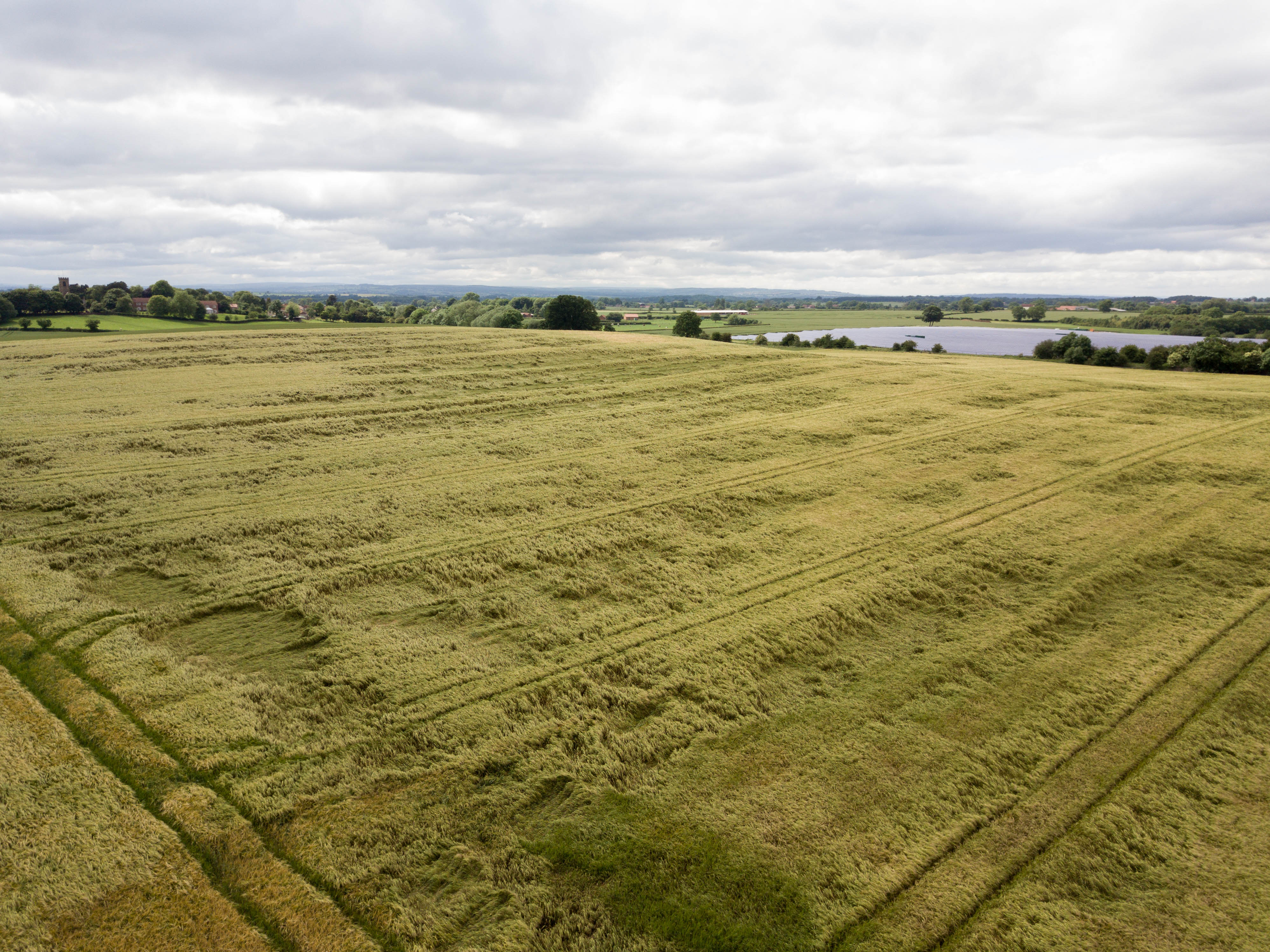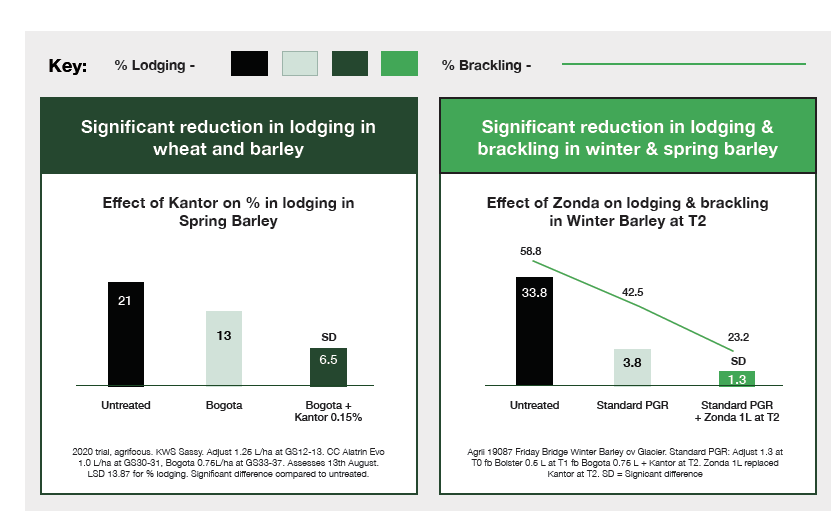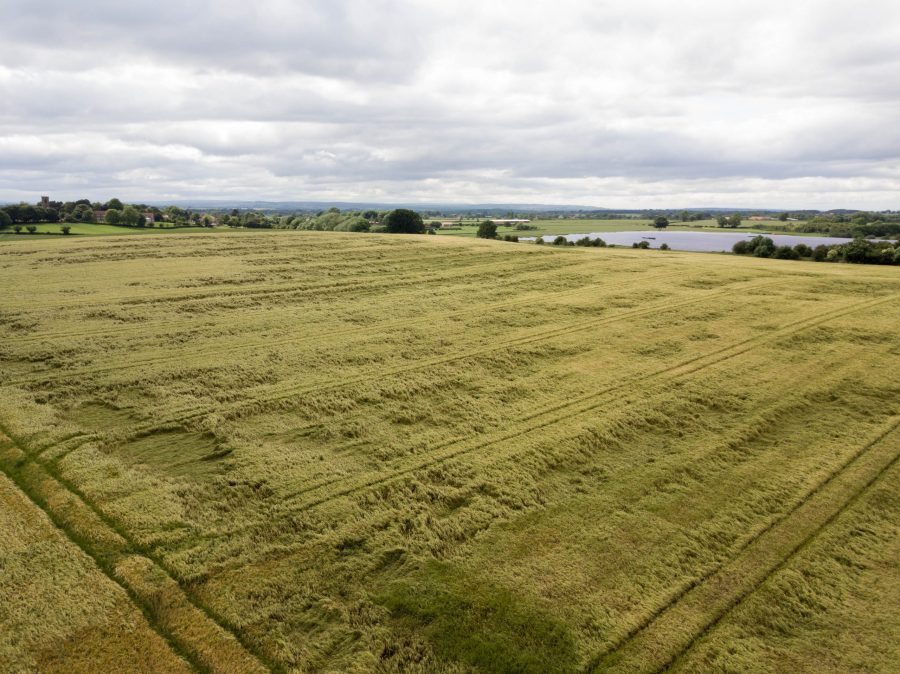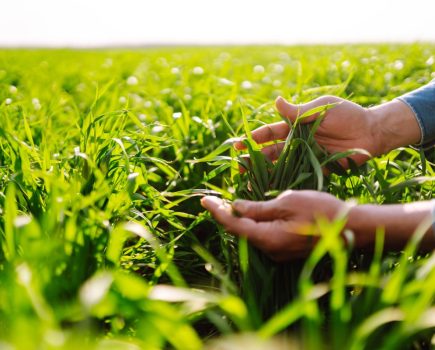
With the much-needed rain finally arriving to many parts of the country, winter and spring cereals are likely to put on significant late season growth in response to nitrogen becoming more available.
However, with 100% of spring barley varieties, 82% of winter wheat varieties and 62% of winter barley varieties on the Recommended List carrying a lodging score of 7 or less, careful planning will be required to evaluate lodging risk and the need for late season ethephon protection, reckons Stuart Sutherland, technical manager at Interagro. “This will be particularly important with high seed rates, where PGRs were omitted earlier in the programme or rates were reduced, where crops are stressed or if conditions become hot and dry at application. This will stress the crop and may reduce yield, but without it, crops could be at high risk of lodging/brackling if wet weather follows.”
“Therefore, effective late season PGRs are likely to be an important requirement this season and it will be important to optimise their performance.”

Stuart Sutherland
To help get the most from PGRs, Stuart says Interagro’s products Kantor and Zonda are ideal partners. “Kantor is a unique activator adjuvant and is particularly useful in cool and wet application conditions. It offers robust protection against lodging and brackling, increases the speed of uptake for rapid protection, safely, and also improves the effectiveness of partner fungicides to aid robust disease protection, which given the disease levels building in some crops at the moment, will be extremely valuable.”
For best results, Stuart recommends including Kantor at 0.15% of the final spray volume to optimise PGR uptake for more effective shortening. “It’s active across the tank mix so you’ll be optimising the performance of all components applied to the crop, such as fungicide for disease control. Even the latest fungicides to the market show disease control benefits from the addition of Kantor.”
And if conditions turn hot and dry, growers will benefit from including Zonda in the mix, he adds. “Zonda is a plant-based biostimulant and its key benefit is that it strengthens protection against lodging and brackling, but in dry/hot weather it also takes the sting out of the application.
“While ethephon is highly effective late season, it can be “hot”. Replicated field trials the last few years have shown that with Zonda in the mix, you get increased shortening and protection against lodging and brackling, but without the yield penalty.
“So if conditions do turn hot/dry later for spring barley crops, Zonda is definitely worth the small investment to safeguard crop safety and yield. These benefits have been seen consistently in trials so growers can have the confidence that investing in Zonda (or Bridgeway) is worthwhile.
“As well as this, Zonda can help to prevent abortion of grain sites in adverse conditions and provide a valuable energy boost at the critical yield-building phase.”
“For best results, we recommend using Zonda at a rate of 1 l/ha to help further reduce crop height and eliminate ethylene-induced stress on the crop.”
Kantor’s ability to optimise PGR performance is well proven and again in 2020 trials, the addition of Kantor led to a significant reduction of lodging in wheat and barley – compared with both untreated plots and where PGRs were used alone. “Similarly, the same pattern was observed where Zonda was applied at T2, with a significant reduction in lodging and brackling,” explains Stuart.

“It has been a challenging season so far for a number of reasons, so incorporating something into the programme that’s going to help squeeze out that extra potential is a no-brainer.”
For more information on Kantor/Zonda, click here.
Or watch Interagro’s latest YouTube video here with Agrii regional technical advisor, David Felce, to find out more about how Zonda is being used on farm.




